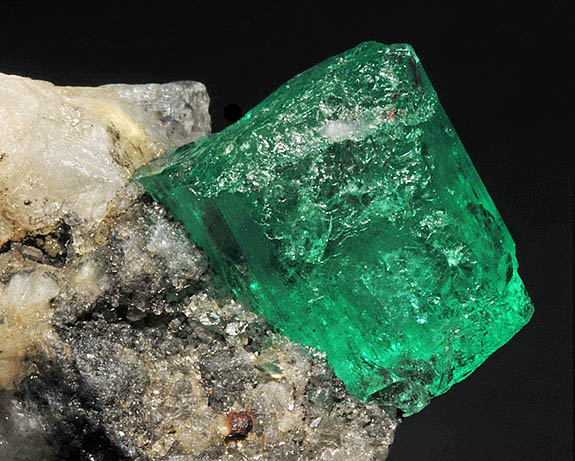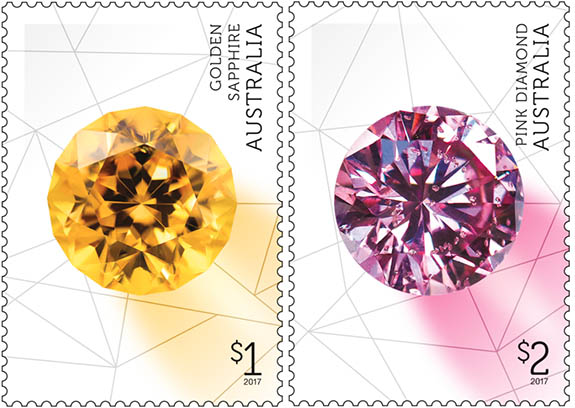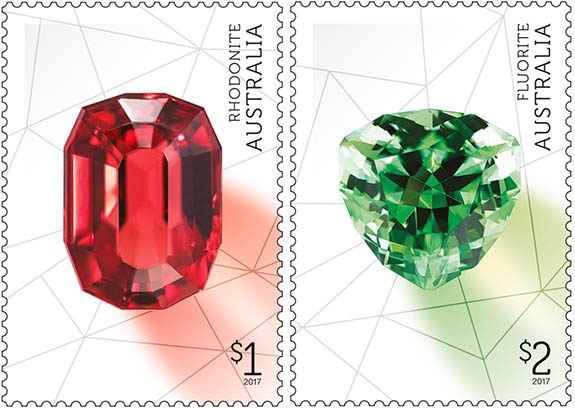Welcome to Music Friday when we often bring you golden oldies with jewelry, gemstones or precious metals in the title or lyrics. Today, we climb into our Wayback Machine and transport ourselves 60 years into the past, where a 17-year-old Ray Stevens has just signed a deal with Capitol Records' subsidiary, Prep Records.

For his first single, the teenager releases "Silver Bracelet," which tells the story of a simple, yet significant, piece of jewelry that symbolizes his devotion to his new girlfriend. Penned by Stevens, the song is an adorable look at love from the young man's point of view.
He sings, "A silver bracelet / My silver bracelet / This simple token I do give / A silver bracelet / My silver bracelet / To show my love will ever live."
He goes on to describe how he had his girlfriend's name engraved on the front and his on the back: "Turn it over there is mine / Forever let it shine."
Stevens wrote about the origin of "Silver Bracelet" on his official website. His family had moved to Atlanta in 1956, and while still in high school, Stevens (then Ray Ragsdale) got his first big break when he met radio personality and Georgia Tech football broadcaster, Bill Lowery.
"He was looking for talent to write songs," he wrote. "I went out to his house and I said, ‘My name is Ray Ragsdale and I’m going to learn to write songs for you.’ He said, ‘Okay lad, go to it.’"
Stevens continued, "I borrowed a little tape recorder from a friend. I got the key to the lunch room, which also served as the assembly hall, from the principal. The room had a very high ceiling and a piano on a little stage. I went there one Sunday by myself and made a demo of a song that I and a friend had written called, 'Silver Bracelet.' I took it to Bill and he liked it. He called Ken Nelson at Capitol Records, who was coming to Nashville a lot during those days to produce records. Ken liked the song and signed me to a contract with Prep Records.”
The success of "Silver Bracelet" helped launch a stellar career that has seen the artist release more than 40 studio albums and 93 singles. His two most popular tunes were "The Streak" (1974), a novelty song about streaking, and "Everything Is Beautiful," a 1971 Grammy winner for Song of the Year.
Born in Clarksdale, Ga., in 1939, Stevens started piano lessons at the age of six. His mom insisted he practice at least an hour each day. At 15, he sang and played piano in a band, the Barons, and they performed all over the area for the American Legion, the Elks and private parties.
Please check out this rare audio track of "Silver Bracelet." The lyrics are below if you'd like to sing along...
"Silver Bracelet"
Written and performed by Ray Stevens.
A silver bracelet
My silver bracelet
This simple token I do give
A silver bracelet
My silver bracelet
To show my love will ever live
I had your name engraved on the front
In letters of my heart's design
Turn it over there is mine
Forever let it shine
Wear my bracelet, please wear my bracelet
Wear it proudly on your arm
So everyone can see
Your heart belongs to me
Whoa, don't ever lose my silver bracelet
My silver bracelet
This simple token I do give
A silver bracelet
My silver bracelet
To show my love will ever live
Cherish this token
Though small it may be
May it always remind you of me
Let no other take my place
Let none my name erase
This tiny trinket is such a small part
Of the love I hold in my heart
Won't you say you love me too
No one else will ever do
Whoa, don't ever lose my bracelet
Silver bracelet
Credit: Screen capture via YouTube.com.


